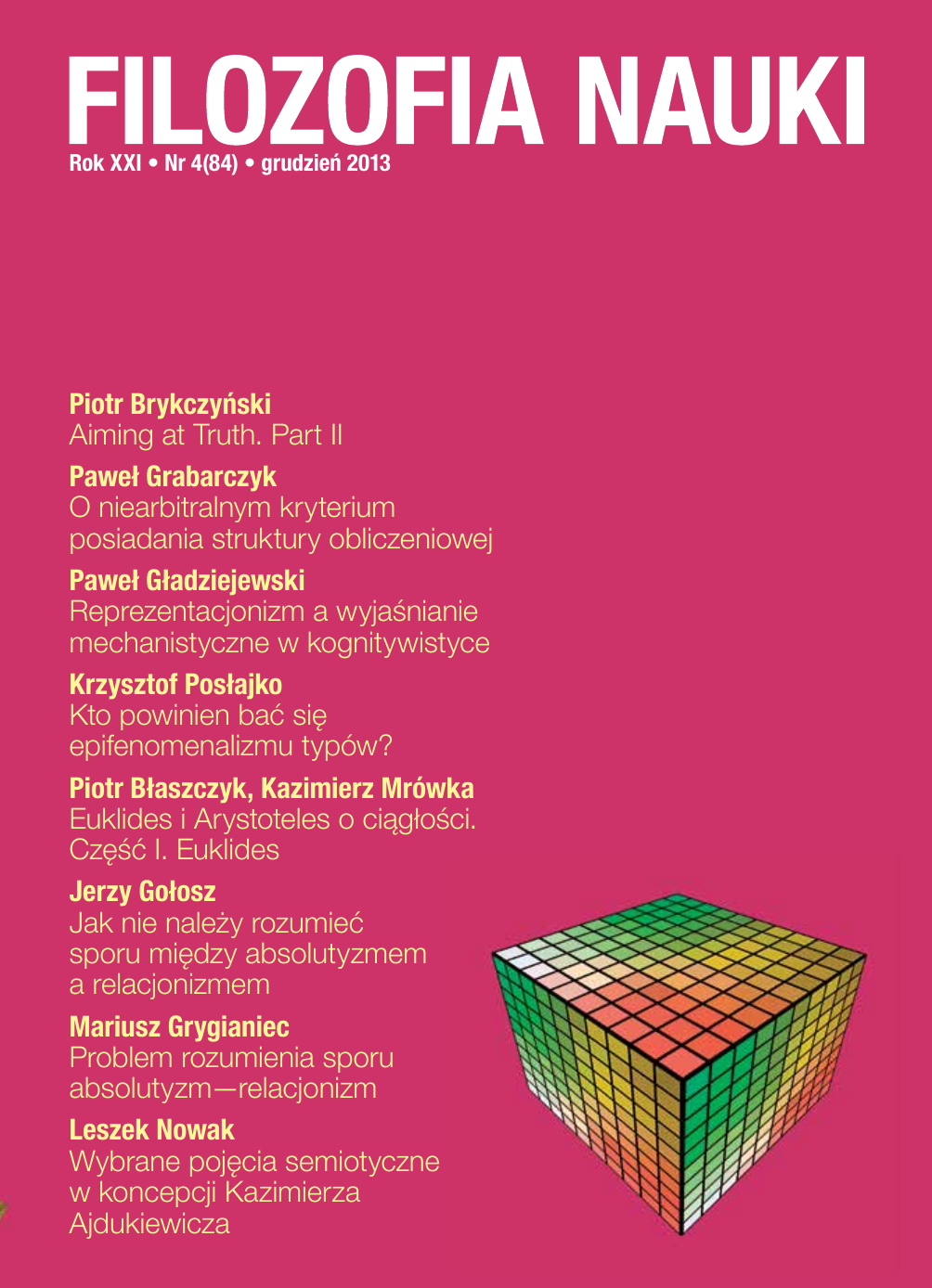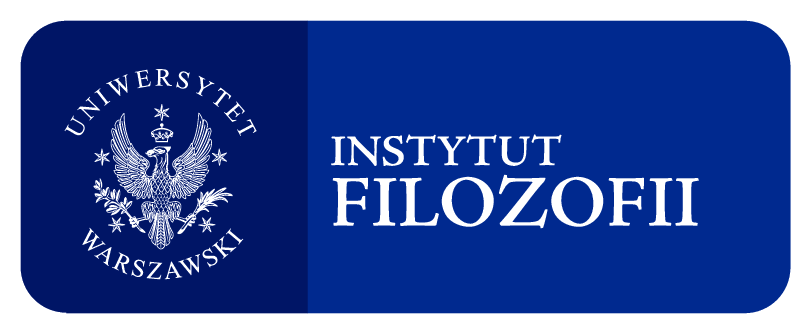O niearbitralnym kryterium posiadania struktury obliczeniowej
Słowa kluczowe:
pan-computationalism, arbitrariness, computational theory, computations in physical systemsAbstrakt
In the paper I defend the view that having a computational structure (which I understand as a property enabling the object to realize computations) is an empirically detectable feature of selected objects which is not observer relative. I start by presenting a naďve definition of realization of computation and show how it leads to pancomputationalism. Then I test existing strategies of dealing with this unwanted conclusion and show why they are not satisfactory for my aim. The main reason for this is that some of the notions these solutions use (for example notions of “mechanism” and “causality”) can be easily exploited by the skeptic. In the remaining part of the paper I present a candidate for a non-arbitrary criterion of having a computational structure and deal with some obvious objections to it. I propose to treat the mapping of physical states of a given object to an algorithm as a task of translating between two languages used for physical and formal descriptions respectively. The object can be said to contain a computational structure when it is possible to create a closed and effective translation manual between its physical states and states of any possible computation. The translation manual is closed when it either contains every expression of the translated language or rules for obtaining every expression of the translated language. It is effective when it is shorter than the sum of all expressions it helps to translate.Pobrania
Opublikowane
2013-12-01
Jak cytować
Grabarczyk, P. (2013). O niearbitralnym kryterium posiadania struktury obliczeniowej. Filozofia Nauki, 21(4), 31–50. Pobrano z https://www.fn.uw.edu.pl/index.php/fn/article/view/736
Numer
Dział
Artykuły















 Filozofia Nauki | ISSN 1230-6894 | e-ISSN 2657-5868
Filozofia Nauki | ISSN 1230-6894 | e-ISSN 2657-5868